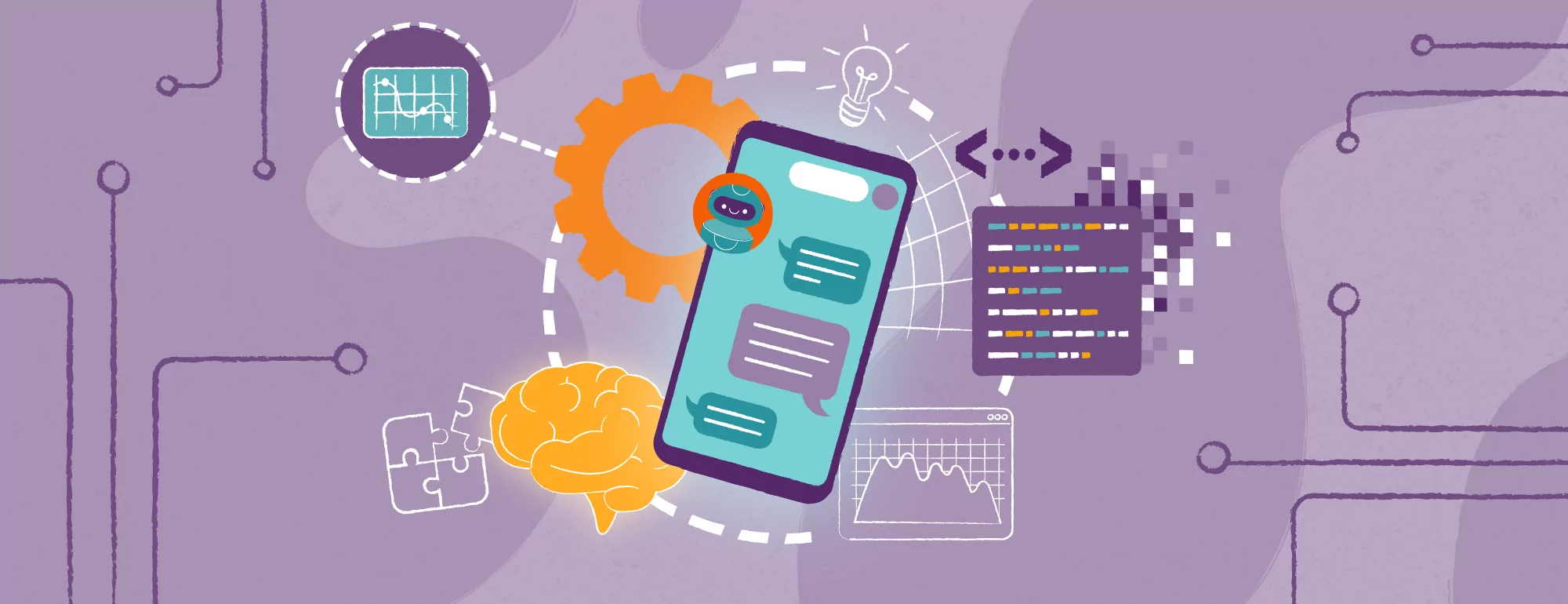MACH Architecture vs Digital Experience Platform (DXP) / The Increasing Drawbacks of DXP Technology
The MACH architecture is a relatively new approach to building and developing IT systems, and thus stimulating change in business. This solution is most frequently adopted by e-commerce firms. This flexible and scalable infrastructure has already been deployed by companies such as Spotify, Puma and Coca-Cola. Some continue to refer to the MACH approach as the “architecture of the future”. Are they right?
Until recently, monolithic DXPs (Digital Experience Platforms) enjoyed the reputation of the best available content management solutions, supposedly providing comprehensive, digital user experience. What’s more, this view lingers on in some hearts. This is hardly surprising – over the years, DXPs have made a name for themselves. But is this opinion based on actual merits? Is a DXP the best digital experience tool and the best content management system today?
What Exactly Is the Digital Experience Platform (DXP)?
Gartner defines the DXP as “a well-integrated and cohesive set of technologies designed to enable the composition, management, delivery and optimization of contextualized digital experiences across multiexperience customer journeys.”
In practice, the DXP is a closed system that by design combines ready-made, built-in modules, such as CMS, e-commerce, marketing automation, DAM (Digital Asset Management), analytics, etc., that are expected to work together. These components have a Single Source of Truth (SSoT), which allows them to operate in a complementary fashion. Data on user behavior, products or permissions are all stored in one place. Understandably, this is a simplification, but it’s meant to show that such a large tool as DXP relies on only one, centralized, monolithic and inflexible solution.
Why DXP Has Failed LEGO and Can Fail You as Well
Imagine that one of the critical components of your organization – e.g. e-commerce, the whole recommender engine or the whole database with product photos and information – goes bust. What has previously been seen as an advantage of the DXP, namely the compact, coherent and stable monolith, both in terms of functionality and architecture, becomes its main disadvantage. When one component fails (and when it does, it cannot be easily replaced), we can be sure that others will follow. A domino effect is just a matter of time.
Probably of the most of the most highly publicized DXP failures was the crash in LEGO’s e-commerce module.
The company was (rightly) expecting massive sales of its “Falcon Millennium” set, but in the end the store didn’t manage to process the huge demand, as one of the modules in the sales component failed and brought the whole system down for 7-hours, generating huge financial losses. Ultimately, LEGO quickly learned a lesson from that fiasco and successfully transitioned to the MACH architecture. But this is a story for a separate post …
Moving on to the point –when deciding to buy a DXP and a full set of orchestrated, ready-made tools, we must take into account the fact that we will not be able to pick and swap components for others that are better, faster or smaller, more agile, more suitable or aligned with our business needs.
In other words, when we buy a DXP, we buy all the components that come with the platform. Whether you need just a CMS, or several modules: CMS, analytics and e-commerce, we will pay for the whole system anyway, even though we will not use all the other available functions and components.
To sum up, when we buy a DXP, we buy, as Gartner says, “a well-integrated and cohesive set of technologies”.
Don’t let yourself down and switch to MACH!
LET’S TALKDXP Resistant to Change
DXPs can fully respond to our current requirements, but we must be aware that our business priorities may change. Our aspirations may increase, our business model may evolve, and the business environment itself may change dramatically – as the pandemic has clearly shown. Today, opting for a monolith (namely a DXP) can substantially hinder further development, optimization or reorganization of our business. Why is that so?
Let’s imagine that we have a DXP with a fantastic enterprise-class CMS, which we are satisfied with, but the engine of our e-commerce store in the DXP is no longer sufficient, as it’s just unable to handle the number of orders we would expect it to handle. What do we do? It’s easy. We replace the DXP’s e-commerce module with a more powerful one, right? Well, no! We can’t do that. And here’s where challenges begin. Serious challenges. Both technical and business ones.
Why Are Corporations Still Stuck in Monoliths?
The sheer cost of modification or customization of the DXP is very high. But so is the cost of deployment, licenses, operation and maintenance. That’s why monolithic platforms of such giants as Adobe, Sitecore, Salesforce or Episerver lie at the core of the IT architecture of the world’s largest corporations.
But does that mean these corporations do not see all those potential problems and limitations? Well, they sure do and are perfectly aware about them. And they often give them a headache every day.
A decision to ditch the DXP is the more difficult the more effort and cost we have invested in adapting this solution and the longer the organization has used it. Let’s not forget about the “vendor lock”, i.e. the technological dependence on the supplier for any work on the platform, which only adds to the costs. Besides, enterprise solutions are not meant to last 3 or 4 years, so the decision to choose the best DXP may well have been made long before the MACH approach itself was developed. And it was probably the best possible decision back then. Exactly – back then.
MACH Architecture as a cure for the Vendor Lock
Fortunately, the MACH approach comes to our aid today. The MACH architecture is now used by such names as Netflix, Amazon, Coca-Cola, Uber, Etsy and Zalando, which shows that the migration from a monolith to MACH is both possible and indeed necessary when we think about business development and scaling. For many organizations in the e-commerce world, headless commerce in the MACH approach is the only right choice on their journey to business modernization.
Understandably, these decisions are not easy. By any means. However, as the MACH Alliance research shows, even the biggest market players, who haven’t seen any need to change so far, are starting to see that DXP solutions are running out of steam. In the past, homogenous systems with a closed, solid (namely rigid) architecture were seen as supportive to digital transformation. Today they can cause technological debt and stagnation of the business.
Schedule an inspiration workshop with our consultant and choose the best solution for your company!








